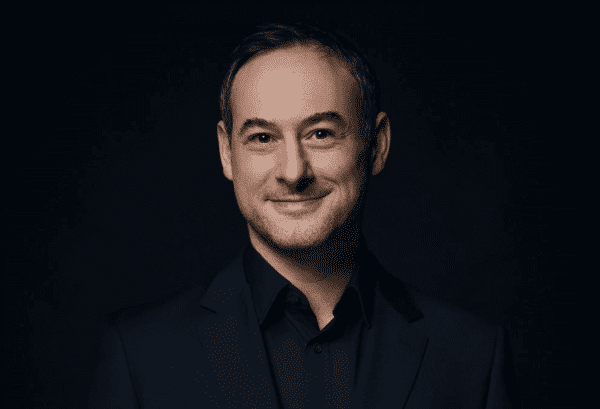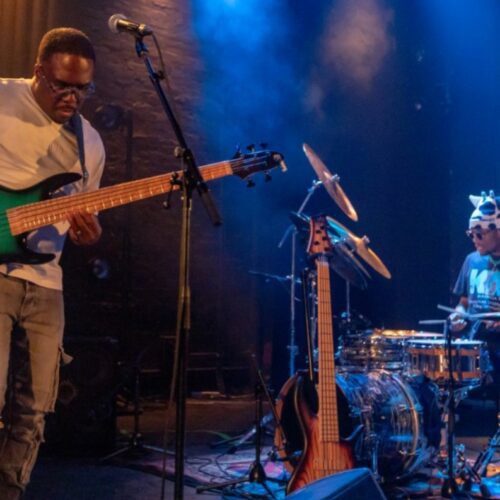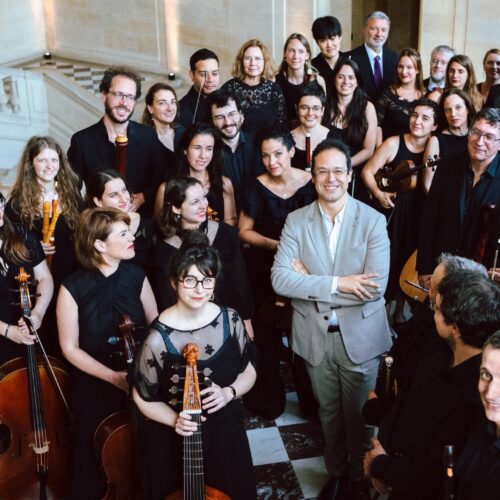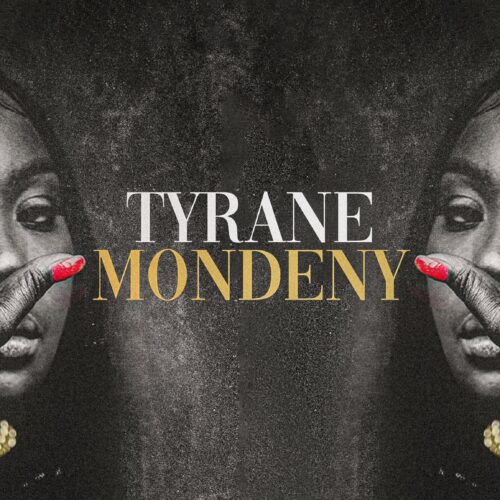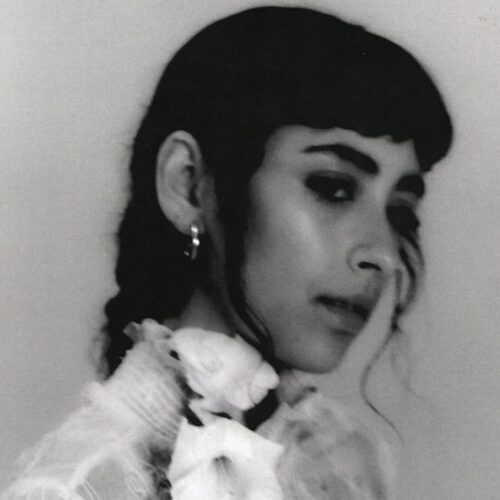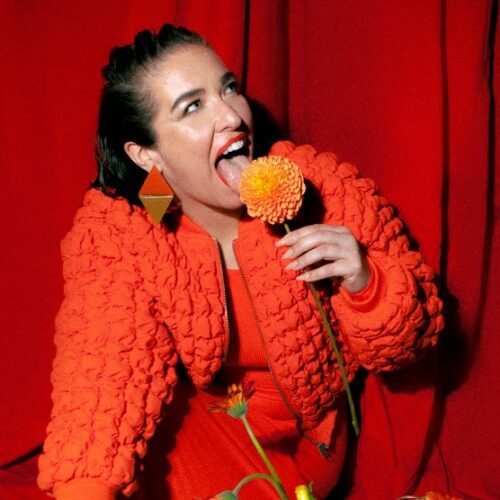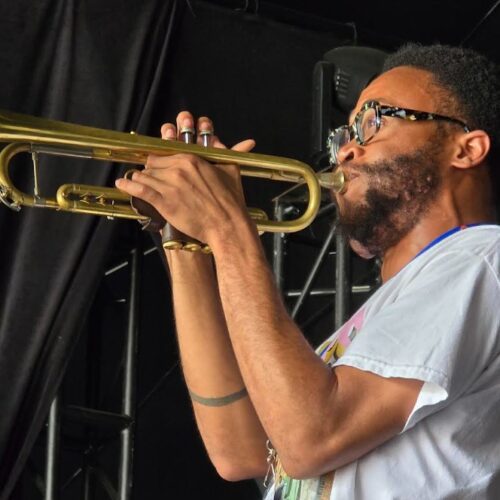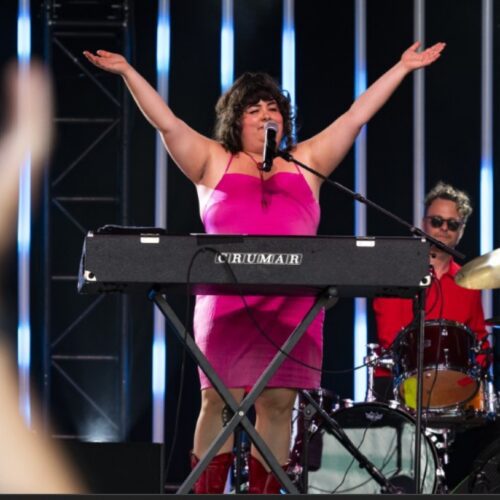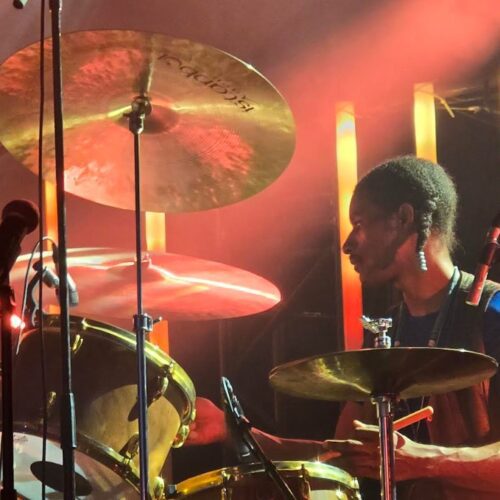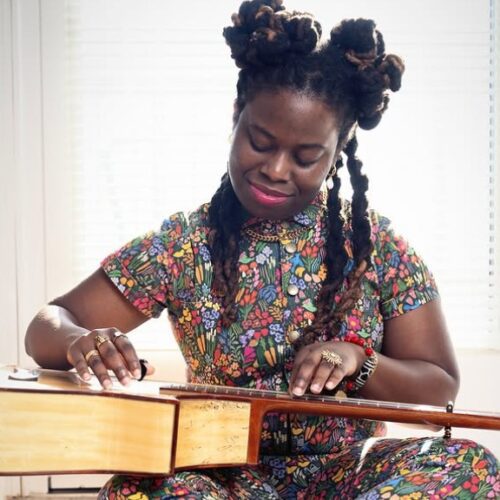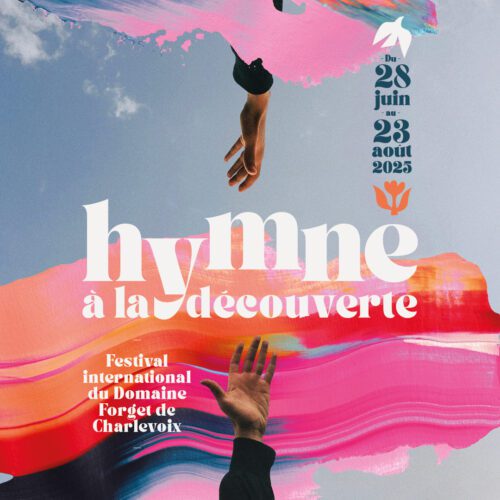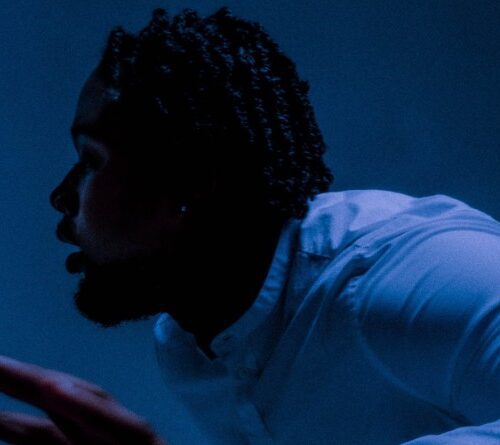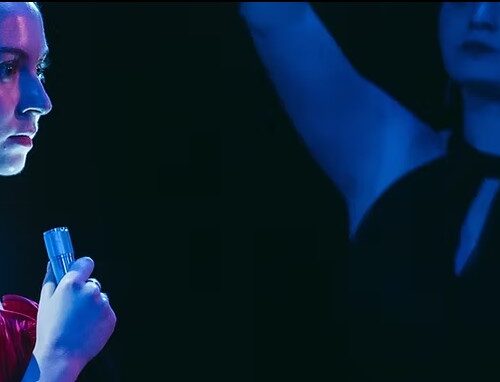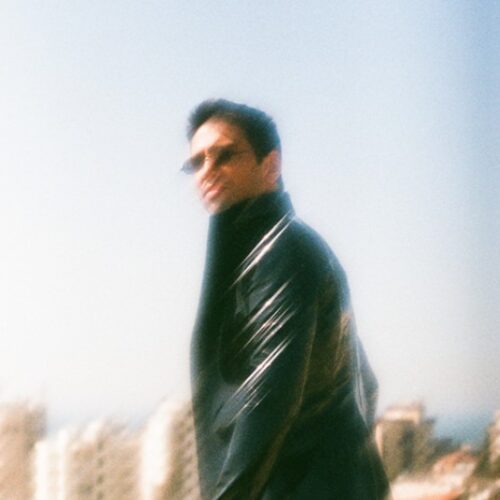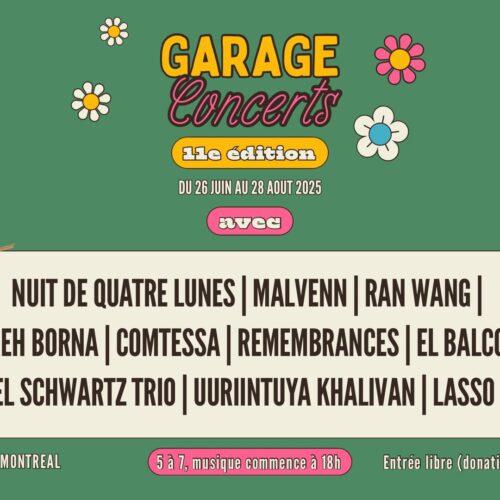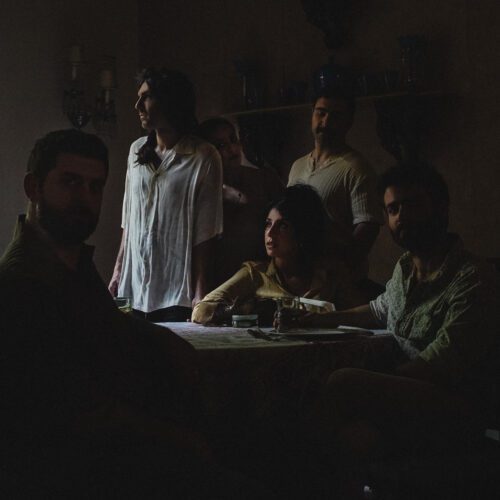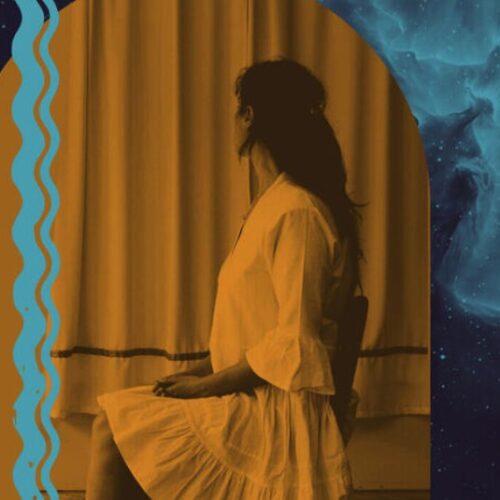Additional Information
The notions of encounter, fraternity and friendship are essential elements in the creation and performance of musical works. Les Violons du Roy and their musical director Jonathan Cohen will be performing under the sign of friendship on Thursday February 27 at the Palais Montcalm in Quebec City, and on Friday February 28 at the Maison symphonique de Montréal, in a concert featuring works by Mozart and three composers who left a lasting impression on him: Wilhelm Friedemann Bach, Carl Philipp Emmanuel Bach and Michael Haydn. The young Salzburg prodigy’s relationship with clarinettist Anton Stadler will also be highlighted, with one of the composer’s last works, the Clarinet Concerto in A major. Alexandre Villemaire spoke to Jonathan Cohen about this concert, which, like the musical figures it brings together and its underlying theme, will feature soloists who are all great friends of Les Violons du Roy.
PAN M 360 : The theme of the concert is friendship. How did this theme present itself to you, and how did it guide your choice of composers and works for the program?
Jonathan Cohen : We could equally, say family ! – two of the composers are sons of the famous Bach family, and Michael Haydn is the brother of Joseph. Michael Haydn is a very underrated composer. During his time, he was very much appreciated, Joseph thought his brother’s church music was far superior to his own. C.P.E. Bach was a very gifted composer with a very individualistic compositional style whose name is somewhat underappreciated today.
PAN M 360 : The composers featured in this concert – Michael Haydn, Wilhelm Friedemann Bach, Carl Philipp Emmanuel Bach – are musicians whom Mozart held in high esteem. Are there any stylistic influences from these composers in Mozart’s work?
Jonathan Cohen : Mozart said “Bach is the father; we are the children.” – he was referring to C.P.E. Bach…. C.P.E. Bach developed a unique and personal style called the “sensitive style” [Empfindsamkeit] because his music was very much focused on emotional drama. C.P.E. Bach believed that the role of music was to affect the emotions of the listener, he himself said “A musician cannot move others unless he himself moved” – C.P.E. Bach’s style can be better understood when one understands that he was the son of the most capable J.S. Bach, whose music was steeped in intellectual depth and religious devotion.
PAN M 360 : The relationship between composer and soloist is also evident in the concert, as demonstrate in Mozart’s Clarinet Concerto which he wrote for his friend and fellow Freemason Anton Stadler. How did this relationship shape the writing of this concerto?
Jonathan Cohen : Mozart clearly had a jovial and friendly relationship with Stadler. Their work together pushed the boundaries of the clarinet and established it firmly as a regular instrument of the orchestra. Mozart gave the clarinet many exceptional solos in his operas, like “Parto, ma tu ben mio” in La Clemenza di Tito, “Voi che sapete” from The Marriage of Figaro, “Batti, batti o bel Masetto” in Don Giovanni, as only a few examples, and he associates the sound of the instrument with love. Certainly, in this remarkable clarinet concerto, it feels like the music is always good-natured, loving, witty and jovial. Going back even beyond Mozart, composers (who were themselves always performers of their instruments) often collaborated closely with individual artists.
PAN M 360 : Wilhelm Friedemann and Carl Philipp Emmanuel are respectively known as the Bach of Hamburg and the Bach of Halle, in reference to the cities where they were active. How did the two Bach brothers differ in their approach to music? Did they influence each other or did they remain in their own separate spheres?
Jonathan Cohen : I don’t know to what extent they influenced each other, although in this program Wilhelm’s sinfonia seems more in the vein of CPE’s “Sturm un Drang” [Storm and Passion] than typical of his style. Clearly, they were both outstanding keyboardists: CPE wrote the famous and influential Essay on the True Art of Playing Keyboard Instruments, and Wilhelm was a renowned organist and teacher. Wilhelm was Bach’s eldest son and C.P.E. was Bach’s second eldest son, born of Johann Sebastian’s marriage to his first wife, Maria Barbara.
PAN M 360 : The theme of friendship is also present on stage, particularly between you and the musicians of Les Violons du Roy. As the ensemble celebrates its 40th anniversary, in 2025 you will be celebrating your seventh year as musical director of Les Violons du Roy. What are the memories that you have of the first time you met and conducted the ensemble?
Jonathan Cohen : My first collaboration with Les Violons du Roy was on a European tour where we performed Haydn’s symphonies and concertos with Alexandre Tharaud. I immediately felt a warm musical friendship with this wonderful Québécois ensemble. They have and experience steeped in the baroque and classical repertoire and real chamber music approach to this repertoire which I feel myself is the most important element of performing this music and every concert we do together feels like an adventure or a story which enfolds with new meaning each time.
PAN M 360 : What can we wish you and the musicians of the ensemble for the coming years?
Jonathan Cohen : We can be enormously grateful for this ongoing chance to make music together and I hope we will always continue to find beauty together in great music and amongst willing and capable colleagues.
Afternoon program( Québec, February 27th)
MICHAEL HAYDN (1737-1806)
Concerto pour alto et piano-forte en do majeur, MH 41
• Allegro moderato • Adagio
• Prestissimo
Solistes : Isaac Chalk alto
Mélisande McNabney piano-forte
CARL PHILIPP EMANUEL BACH (1714-1788)
Symphonie en mi bémol majeur, Wq. 179, H. 654
• Prestissimo • Larghetto
• Presto
WOLFGANG AMADEUS MOZART (1756-1791)
Concerto pour clarinette en la majeur, K. 622
• Allegro
• Adagio
• Rondo (Allegro)
Soliste : Stéphane Fontaine clarinette
Evening program (February 27th and Montréal, February 28th)
WILHELM FRIEDEMANN BACH (1710-1784)
Sinfonia pour cordes en fa majeur, Fk. 67
• Vivace
• Andante
• Allegro
• Menuetto I et II
MICHAEL HAYDN (1737-1806)
Concerto pour alto et piano-forte en do majeur, MH 41
• Allegro moderato • Adagio
• Prestissimo
Solistes : Isaac Chalk alto
Mélisande McNabney piano-forte
• PAUSE •
CARL PHILIPP EMANUEL BACH (1714-1788)
Symphonie en mi bémol majeur, Wq. 179, H. 654
• Prestissimo • Larghetto
• Presto
WOLFGANG AMADEUS MOZART (1756-1791)
Concerto pour clarinette en la majeur, K. 622
• Allegro
• Adagio
• Rondo (Allegro)
Soliste : Stéphane Fontaine clarinette
